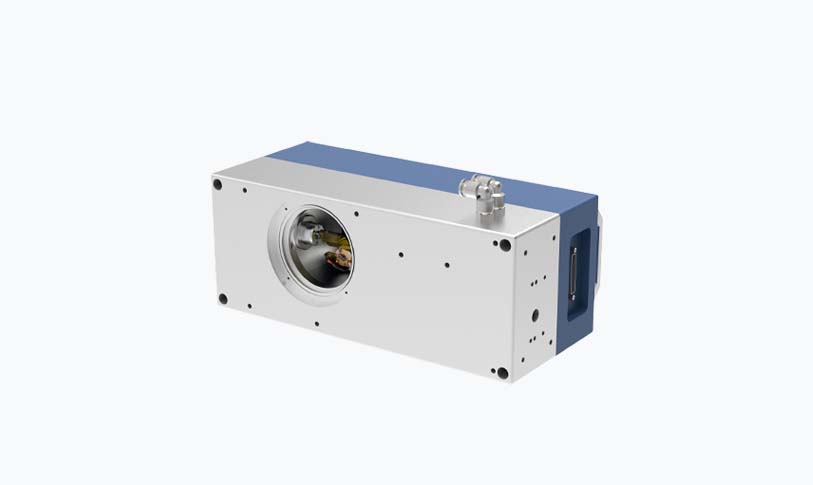****
In recent years, the field of ophthalmology has undergone a profound transformation, thanks largely to the advent of advanced laser technologies. One of the most significant developments in this realm is the IntraLase femtosecond laser, which has revolutionized the way eye surgeries, particularly LASIK, are performed. This article delves into the mechanics, benefits, and future implications of IntraLase femtosecond laser technology in the treatment of refractive vision errors.
What is IntraLase Femtosecond Laser Technology?
The IntraLase femtosecond laser is a state-of-the-art laser system that utilizes ultra-short pulses of laser light to create highly precise incisions in the cornea with minimal invasion. Unlike traditional LASIK procedures, which rely on microkeratomes—a mechanical device that shaves a flap of tissue from the cornea—the IntraLase system creates a corneal flap using a laser. This change has drastically enhanced surgical precision while reducing risks associated with the mechanical cutting process.
The Mechanism Behind the Technology
IntraLase operates by emitting femtosecond laser pulses—each lasting just one quadrillionth of a second. When these laser pulses are directed at the corneal tissue, they create tiny, precise bubbles of gas that naturally separate the layers of the cornea as they cluster together. This meticulous method allows for the creation of a corneal flap that is uniform in thickness and smoother at the edges compared to those made with traditional blades.
This precise control over flap creation has significant implications for the overall success of LASIK surgery. The consistency of the flap plays a crucial role in ensuring optimal healing and visual outcomes for patients. Notably, this technology minimizes the risk of flap-related complications—a common concern with traditional microkeratome-created flaps—thereby enhancing patient safety.
Advantages Over Conventional Techniques
The transition from mechanical cutting to laser-based flap creation presents several advantages for patients undergoing LASIK. Firstly, the precision of the IntraLase femtosecond laser allows for a more personalized approach to refractive surgery. Surgeons can customize flap size and configuration based on the specific needs of each patient’s eye, improving the likelihood of achieving desired visual results.
Secondly, IntraLase has been associated with less discomfort and a quicker recovery time. Patients often report experiencing less pain during and after the procedure, which can be attributed to the gentle and non-invasive nature of laser flap creation. Moreover, the swift recovery allows many patients to return to their normal activities, including work and driving, within a matter of days.
Furthermore, studies indicate that outcomes achieved using the IntraLase system surpass those obtained through traditional methods. Patients may experience improved visual acuity and a lower incidence of post-operative complications, such as dry eye syndrome or flap displacement.

The Revolutionary Impact of IntraLase Femtosecond Laser Technology on Modern Eye Surgery: A Comprehensive Guide
Future Implications in Ophthalmology
As technology continues to evolve, the IntraLase femtosecond laser is likely to remain at the forefront of advancements in ophthalmic surgical procedures. Researchers are exploring how this laser technology can be integrated into other forms of eye surgery, including cataract and corneal transplant procedures. The precision and safety of femtosecond laser technology have the potential to redefine standards of care in various areas of ophthalmology.

The Revolutionary Impact of IntraLase Femtosecond Laser Technology on Modern Eye Surgery: A Comprehensive Guide
Moreover, with ongoing advancements, there is hope that more patients will have access to laser-assisted procedures that were previously deemed too risky or complex. Additionally, as the technology becomes more affordable and integrated into surgical practices worldwide, it could democratize access to high-quality eye care, positively impacting patient outcomes on a global scale.

The Revolutionary Impact of IntraLase Femtosecond Laser Technology on Modern Eye Surgery: A Comprehensive Guide
Conclusion
The IntraLase femtosecond laser is a game changer in the world of eye surgery, bringing with it enhanced precision, improved patient comfort, and superior outcomes compared to traditional methods. As the technology continues to develop, it holds promise for expanding the capabilities of ophthalmic surgeons and offering patients a brighter, clearer future. For anyone considering LASIK or other refractive procedures, understanding the benefits of IntraLase can play a crucial role in making informed choices about eye care options.ultraviolet laser light



